
Introduction to Music Promotion Strategies
In today’s highly competitive music industry, artists face the challenge of not only creating exceptional music but also effectively promoting it to reach a global audience.
While creating good musical content is part of the overall music promotion strategies, effortlessly delivering music to a target audience waiting to explore similar sounds is the core of modern music promotion strategies.
These strategies explores how best to serve a particular audience the kind of music that suits their tastes and lifestyle. This is where modern music promotion strategies come into play whether we are talking about release planning, music distribution, playlisting or TikTok promotion.
Music promotion encompasses a range of activities aimed at marketing an artist’s musical works and brand to a targeted audience. It serves as a vital tool for building recognition, expanding fan bases, and ultimately achieving success in the ever-evolving music landscape.
At its core, music promotion is a multifaceted process that goes beyond simply releasing songs. It involves crafting a comprehensive and cohesive plan to maximize the visibility, impact, and reach of an artist’s music. This includes leveraging various platforms and mediums to create buzz, generate interest, and connect with listeners around the world.
One crucial aspect of music promotion is understanding that artists have two distinct products to sell: their music and their image rights. While the quality of the music itself is paramount, it is the effective promotion of this music that allows an artist’s image and brand to be marketed and sold to a wider audience.

The way an artist and their team release music, along with the music promotion strategies employed, significantly impact the overall success and reception of the artist.
In today’s digital age, artists have access to a myriad of tools and platforms to promote their music. Traditional methods of promotion, such as radio airplay and physical distribution, have been augmented by a plethora of online channels, social media platforms, streaming services, and digital marketing techniques.
Artists now have the ability to connect directly with their fans, bypassing traditional gatekeepers and reaching a global audience instantaneously.
Modern music promotion strategies require a comprehensive approach that combines both online and offline tactics. This may include utilizing social media platforms to engage with fans, releasing music on streaming services to maximize reach, however, there’s much more to music promotion in 2023 than utilizing these digital avenues – an approach that needs to be carefully planned.
We will further explore these strategies under the following checklist of music marketing strategies:
1 Release planning
2 Music distribution
3 Music playlisting
4 Music publishing
5 Pre-save campaign
6 Create a viral video
7 Engage PR Experts
8 TikTok promotion
Release Planning
One of the most critical aspects of modern music promotion is release planning, which involves careful consideration of the album release schedule.
We look to highlight the importance of release planning in the success of music marketing campaigns, emphasizing the benefits it brings to artists in terms of playlisting, media buzz, and presave campaigns.
1. Maximizing Playlist Opportunities:
A well-executed release plan allows artists to pitch their music to streaming platforms like Spotify, Apple Music, and Deezer for potential playlisting before the actual release date.
These curated playlists have a significant impact on an artist’s exposure and can lead to increased streams, discovery, and new fans.
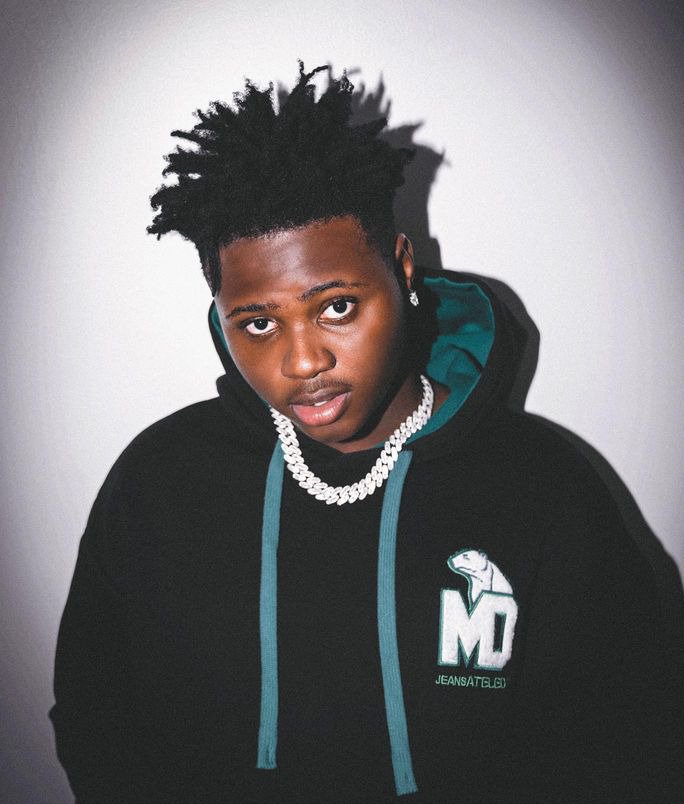
By providing ample time between the upload of the album to digital streaming platforms and the actual release date, artists can submit their music to playlist curators and increase their chances of being included in influential playlists.
This exposure can exponentially boost an artist’s visibility and ultimately contribute to the success of their music marketing campaign.
2. Building Media Buzz:
Release planning enables artists to generate media buzz before their album’s official release.
By strategically spacing out the release date, artists can engage with press outlets, music blogs, and influencers to secure premieres, interviews, and reviews.
This pre-release media coverage builds anticipation among fans and creates a buzz around the album, increasing its visibility and generating valuable publicity.
Media buzz not only attracts attention from fans but also garners interest from industry professionals, leading to potential collaborations, partnerships, and further promotional opportunities.
3. Presave Campaigns and Marketing:
An essential component of successful release planning is the ability to set up and market presave campaigns ahead of the album’s actual release.
Presave campaigns allow fans to save an album or specific tracks in advance, creating a sense of anticipation and ensuring that the music is readily available for them on the release day.
By allocating sufficient time for presave campaigns, artists can generate pre-release engagement, increase their follower count on streaming platforms, and improve their chances of charting higher upon release.
This valuable data also provides insights into the demand for the music and helps shape future music promotion strategies.
4. Strategic Marketing Initiatives:
Release planning allows artists and their teams to develop and implement comprehensive marketing initiatives leading up to the album release.
With a well-defined schedule, they can strategically time the release of singles, music videos, and promotional content to build momentum and maintain fan engagement.
Additionally, it provides an opportunity to align the album release with other significant events, such as live performances, tours, or collaborations, further amplifying the marketing efforts and expanding the reach of the music.
Music Distribution
Music distribution has become the cornerstone of effective music promotion strategies.
It not only enables artists to monetize their creations on streaming platforms but also safeguards their rights.
Understanding the significance of music distribution is paramount, as it forms the foundation upon which successful music promotion strategies are built.
For artist management and music promotion inquiries, reach us on WhatsApp +2349073423267
Music distribution offers windows to other promotional opportunities such as pitching for Apple Music and Spotify editorial playlists, the setup and promotion of pre-save campaigns, and creating media buzz ahead of release.
This why it should be the starting point of any musical release looking to make its mark in the music market.
Benefits of Music Distribution to an Artist
1. Monetizing Music and Generating Revenue:
One of the primary reasons why music distribution is essential is its ability to monetize an artist’s work on digital streaming platforms.
Through distribution, artists gain access to a vast audience base and can earn money whenever their music is streamed or downloaded.
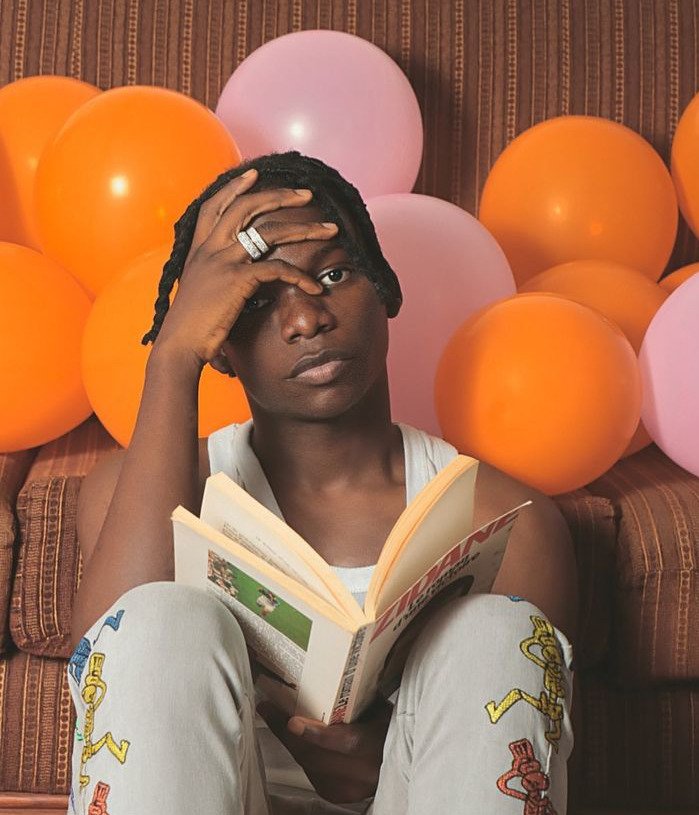
This revenue stream is vital for sustaining an artist’s career, as it provides them with the financial support needed to create more music, invest in marketing efforts, and grow their fan base.
2. Safeguarding Artists’ Rights:
Music distribution plays a crucial role in securing the rights of artists.
By distributing their music through reputable platforms, artists can ensure that their work is protected and properly licensed.
This protects them from unauthorized use, piracy, and copyright infringement, providing a level of security and control over their creative output.
Establishing a strong foundation through distribution ensures that artists can focus on their craft without worrying about the misuse of their intellectual property.
3. Opening Doors to Opportunities:
When an artist engages in music distribution, it opens up a world of opportunities for promotion and exposure.
Many streaming platforms offer editorial playlists curated by influential tastemakers, which can significantly boost an artist’s visibility and reach.
By strategically pitching their music for playlist considerations, artists increase their chances of gaining recognition and attracting new listeners.
Additionally, music distribution can lead to collaborations, licensing opportunities, and other avenues for growth that may arise from increased exposure and industry connections.
4. Building a Fan Base:
A successful music promotion strategy hinges on building a dedicated fan base.
Music distribution is a vital component of this process, as it allows artists to connect with listeners around the globe.
By making their music easily accessible on various platforms such as Spotify, Apple Music, YouTube, Deezer and more, artists can reach a wider audience and cultivate a loyal following globally.
Engaging with fans through social media and other digital channels becomes more effective when supported by music distribution, as it provides a centralized platform for fans to discover, engage, and support the artist’s work.
Music Promotion Strategies – Music Playlisting
Music playlisting has emerged as a vital component of music promotion strategies.
While we have briefly touched upon its significance within release planning, it’s time to delve deeper and explore why playlisting has become an indispensable tool of modern music promotion strategies.
What are Music Playlists?
Music playlists are curated collections of songs that cater to specific moods, genres, or themes.
They serve as a personalized listening experience for music enthusiasts, allowing them to discover new artists and enjoy a seamless flow of music.
Playlists can be created by streaming platforms, editorial teams, independent curators, or even individual users.
Check out the recommended Spotify Afrobeat playlist below:
The Crucial Role of Playlisting in Modern Music Promotion:
1. Increased Discoverability:
With millions of songs available online, getting noticed as an artist can be challenging.
However, being featured on a popular playlist amplifies your exposure, enabling potential fans to discover your music effortlessly.
2. Targeted Audience Reach:
Playlists offer the advantage of reaching a specific audience that is already interested in a particular genre or mood.
By getting your music featured on relevant playlists, you can tap into the listeners who are most likely to appreciate and engage with your music.
3. Social Proof and Credibility:
Being included in a curated playlist adds a layer of social proof to your music.
It signals to listeners that your work has been recognized and endorsed by tastemakers, which can significantly enhance your credibility as an artist.
Types of Playlists:
1. Editorial Playlists:
These are curated by streaming platforms themselves, such as Spotify’s “Today’s Top Hits” or Apple Music’s “New Music Daily.”
Editorial playlists often have a massive following and can give your music substantial exposure.
However, competition for placement on these playlists is fierce.
2. Independently Curated Playlists:
These are created by individuals, influencers, blogs, or organizations with a passion for music.
Independent curators have their unique taste and niche audiences, offering opportunities for niche artists to reach dedicated listeners.
Building relationships with these curators can be beneficial for long-term promotion.
3. Algorithmic Playlists:
These playlists are generated by streaming platforms based on users’ listening habits, personalized recommendations, or similar songs/artists.
While you have less control over placement, algorithmic playlists can help your music reach listeners who already have a demonstrated interest in similar sounds.
4. User-Curated Playlists:
Created by listeners themselves, user-curated playlists provide an organic way for fans to engage with your music.
Encouraging your audience to create and share playlists featuring your songs can foster a sense of community and fan involvement.
Check out recommended Spotify Gospel playlist 👇
Effective Strategies for Playlist Placement:
1. Research and Targeting: Identify playlists that align with your music’s genre, mood, or theme. Analyze their follower count, engagement levels, and curatorial style to determine the best fit for your music.
2. Quality Production and Promotion:
Create high-quality music that stands out. Prioritize professional mixing, mastering, and compelling artwork. Additionally, invest in promoting your music through social media, press releases, and targeted marketing campaigns.
3. Engage with Curators: Building relationships with playlist curators is essential. Reach out to them, respectfully share your music, and demonstrate why it would be a good fit for their playlist. Personalized and thoughtful communication can make a significant difference.
4. Cross-Promotion: Collaborate with other artists or established curators to create joint playlists. This not only helps expand your network but also exposes your music to new listeners who follow these collaborators.
Music Promotion Strategies – Music Publishing
Imagine you’re an artist who creates amazing songs. When you write a song, you have the right to control how it’s used and earn money from it.
Music publishing is the process of managing those rights and making sure you get paid for your creations.
One important aspect of music publishing is protecting your songwriting.
When you write a song, you automatically have copyright protection, which means no one else can use your song without your permission.
But managing that protection and making sure you’re paid when others use your songs can be a complex task. That’s exactly what music publishing does for an artist. It is simply the process of managing and securing your performance royalties.
Music publishing plays a pivotal role in an artist’s journey, providing a means to secure performance revenues even when they are asleep.
It encompasses a range of activities and partnerships that ensure artists receive fair compensation for their musical creations.
There are three main areas where music publishing comes into play:
1. Performance Rights Organizations (PROs):
These are organizations like BMI, ASCAP, and others. They help track when your songs are played on the radio, performed live, or streamed online.
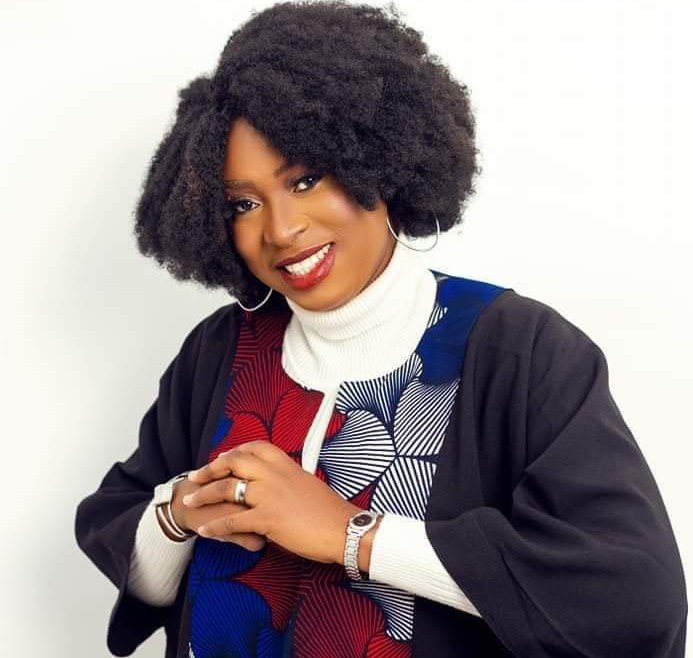
PROs collect money from various sources, like radio stations and concert venues, and distribute it to songwriters based on how often their songs are played.
So, when your song is on the radio or performed at a concert, the PRO makes sure you get paid.
2. SoundExchange:
This organization focuses on digital performance royalties. When your songs are played on platforms like Pandora, Spotify, or satellite radio, SoundExchange collects money on your behalf.
They then distribute those royalties to you as the songwriter and to the performers on the recording.
3. Publisher Administrators:
These are companies that help manage the administrative aspects of music publishing. They handle tasks like licensing your songs for use in commercials, movies, or TV shows.
They also collect royalties from international sources, as your songs may be played or used globally.
Publisher administrators ensure you receive all the royalties you’re owed and handle the legal paperwork involved.
However, the very interesting part is that a Publisher Administrator can secure a license for an artist’s musical piece to be used as a soundtrack in a blockbuster movie which also contributes massively in promoting that particular release.
Music publishing is an essential process that ensures fair compensation for the various contributors involved in creating a song or album.
It revolves around identifying and rewarding each individual for their specific contributions.
However, a crucial aspect of music publishing lies in establishing a split sheet agreement. This agreement serves as a vital tool in promoting effective music publishing while avoiding disputes and rights infringement.
In layman’s terms, a split sheet agreement is a document that outlines how the revenues generated by a particular song will be distributed among its creators.
It clearly defines the percentage or share that each contributor is entitled to receive.
This agreement ensures transparency and fairness in the distribution of royalties, ensuring that everyone involved is properly compensated for their work.
Split sheet agreements are usually entered into prior to recording of a song.
By establishing this agreement on hand, potential conflicts or misunderstandings can be avoided.
It provides a clear roadmap for revenue sharing and helps prevent any disagreements or disputes among the creative individuals involved in the music-making process.

Yemi Alade has collaborated with top artists globally
This agreement serves as a legal and binding contract that protects the rights of all parties and ensures that each contributor receives their fair share.
Without a split sheet agreement, there could be confusion, disagreements, and potential rights infringement.
It allows for a systematic and organized approach to distributing music revenues, avoiding any rancor or animosity among collaborators.
This way, everyone can focus on their creative endeavors, knowing that their contributions are acknowledged and properly rewarded.
In summary, the split sheet agreement is a crucial component of effective music publishing.
It fosters a fair and harmonious environment for all contributors involved, ensuring that their respective rights are protected and their efforts are appropriately acknowledged and compensated.
Pre-Save Campaigns
One tool that has gained significant importance in modern music marketing is the pre-save campaign.
Similar to pre-orders for physical albums, pre-save campaigns have become an essential component of music promotion strategies.
By allowing fans to “pre-save” a release on popular streaming platforms like Spotify, Apple Music, and Deezer, these campaigns help generate buzz and ensure a strong start for a new music release.
We will explore how pre-save campaigns work and the benefits they bring to both artists and fans. Meanwhile, let’s delve into what a pre-save campaign really is.
What is a Pre-Save Campaign?
A pre-save campaign is like reserving a front-row seat for an upcoming music release on streaming platforms.
Instead of physically purchasing the music beforehand, fans can save the release to their library or playlist ahead of its official release date.
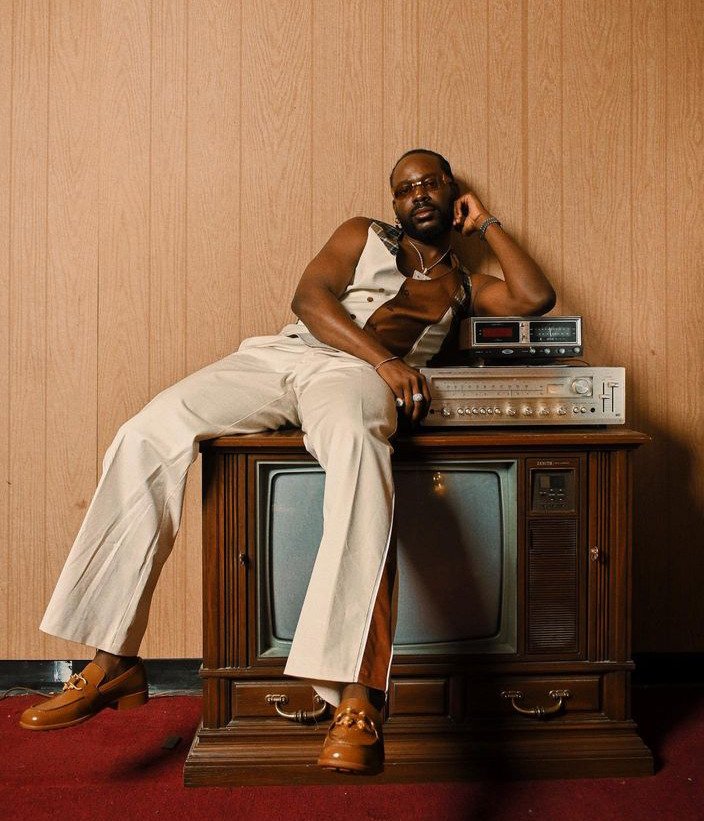
This way, they are notified as soon as the release becomes available, and it automatically appears in their chosen platform’s library or playlist.
Benefits of Pre-save Campaigns
1. Exclusive Access:
Pre-saving a release grants fans exclusive access to listen to it as soon as it becomes available.
Instead of waiting for the official release date, fans who participate in pre-save campaigns are among the first to enjoy the music.
2. Convenience:
Pre-saving a release ensures that fans don’t have to remember release dates or manually search for the new music.
By opting into a pre-save campaign, they receive a notification or email alert, making it easy to find and enjoy the music when it drops.
3. Building Anticipation:
Pre-save campaigns help generate excitement and anticipation among fans. They can share their pre-saves on social media, letting their friends and followers know about the upcoming release. This sharing amplifies the reach and potential impact of the campaign.
4. Real-Time Data:
Streaming platforms like Spotify and Apple Music pay close attention to the streaming activity of a release following a pre-save campaign.
The number of pre-saves and subsequent streams can contribute to the release’s charting performance.
High pre-save numbers can catch the attention of platform algorithms and playlist curators, potentially leading to increased visibility and exposure.
5. Algorithmic Playlists:
Streaming platforms often curate personalized playlists for their users based on their listening habits and preferences.
By accumulating a significant number of pre-saves, a release stands a higher chance of being considered by the platform’s algorithm for inclusion in these playlists.
This can result in exposure to a wider audience and increased streaming numbers.
6. Chart Rankings:
Pre-save campaigns contribute to the overall streaming numbers of a release during its first week.
Higher streaming numbers, especially during this critical period, can help propel a release up the charts, potentially leading to better chart rankings and increased visibility within the music industry.
Setting Up a Pre-Save Campaign
a. Choose a Platform: To get started, artists or their representatives need to select a platform that offers pre-save campaign capabilities. Popular choices include platforms like Show.co, Feature.fm, and SmartURL.
b. Create a Landing Page: Once the platform is chosen, artists can create a landing page specifically designed for the pre-save campaign. This page will serve as a hub where fans can sign up and express their interest.
c. Integration with Streaming Platforms: Artists need to integrate their chosen platform with the streaming services they wish to target, such as Spotify, Apple Music, or Deezer. This integration enables the platform to communicate with the streaming service and automatically add the pre-saved release to a user’s library when it becomes available.
d. Incentives and Sharing: To incentivize participation, artists often offer exclusive content or rewards to those who pre-save. This can include early access to a single, behind-the-scenes content, or even merchandise. Artists can also encourage fans to share the pre-save campaign on social media to generate more buzz and reach a wider audience.
Promoting Your Pre-Save Campaign:
a. Social Media: Utilize your social media platforms to spread the word about your pre-save campaign. Share engaging posts, sneak peeks, and behind-the-scenes content to generate excitement and encourage fans to participate.

b. Email Marketing: Leverage your email list to directly reach out to your existing fan base. Send personalized emails inviting them to pre-save and explain the benefits they’ll receive by doing so.
c. Collaborations and Influencers: Partner with other artists or influencers who align with your music style to help promote your pre-save campaign. Their support can amplify your reach and attract new fans.
In conclusion, pre-save campaigns have emerged as a powerful tool in modern music promotion.
They allow fans to secure their spot and receive notifications about upcoming releases, while also benefiting artists by boosting their stream counts and fostering fan engagement.
By understanding how to set up pre-save campaigns and promoting them effectively, artists can create a buzz and ensure an album release gets the required engagement as soon as possible.
These engagements could unlock algorithmic and editorial playlist opportunities, bringing the particular release to a wider audience.
Create Viral Content
One highly effective approach to modern music marketing is the creation and promotion of creative viral content.
Creative viral content has become an indispensable tool for modern music marketing.
It enables artists to communicate their musical works in captivating and relatable ways, reach a wider audience through targeted promotion, build anticipation and engagement, and strengthen their brand identity.
By embracing the power of viral content and leveraging platforms like Facebook Ads, artists can elevate their music promotion efforts and connect with a growing fan base that might have otherwise remained undiscovered.
With strategic planning and thoughtful execution, creative viral content can be a game-changing strategy that propels an artist’s career to new heights in today’s competitive music industry.
If you’re looking at how to make your song go viral on Instagram or any other social platform, consider the following tips for creating viral content.
1. Know your audience:
Understand who your target audience is and tailor your content to appeal to their interests, tastes, and preferences. Research their demographics, behaviors, and the platforms they frequent.
2. Unique and creative content:
Focus on creating content that showcases the uniqueness and creative vibes of your music.
Use innovative and visually appealing elements such as eye-catching visuals, engaging storytelling, or unexpected twists to capture attention.
3. Emotional connection:
Music has the power to evoke emotions. Create content that connects with your audience on an emotional level.
Whether it’s through heartfelt stories, relatable experiences, or inspiring messages, aim to strike a chord with your listeners.
4. Storytelling:
Narrate a compelling story around your music. It could be the inspiration behind a song, your journey as an artist, or a meaningful narrative that resonates with your audience.
People are more likely to share content that has a story attached to it.
5. Bite-sized and shareable:
In today’s fast-paced digital landscape, short and shareable content tends to perform better.
Create bite-sized videos, GIFs, or memes that can be easily consumed and shared across various social media platforms.
6. Collaborations and challenges:
Collaborate with other artists, influencers, or creators to create engaging content.
You can also design music-related challenges or contests that encourage user participation and generate buzz around your brand.
7. Memorable and catchy hooks:
Just like a catchy hook in a song, your content should have memorable and catchy elements.
Whether it’s a catchy phrase, a unique visual style, or a distinctive sound, make sure your content stands out and sticks in people’s minds.
8. Cross-promotion and influencers:
Utilize the power of cross-promotion and influencer marketing. Partner with influencers or popular content creators in your niche to amplify your reach and tap into their established audiences.
9. Utilize multiple social platforms:
Don’t limit yourself to just one social platform. Experiment with different platforms such as YouTube, Instagram, TikTok, Twitter, or Facebook to reach a wider audience.
Each platform has its own strengths, so tailor your content accordingly.
10. Engage with your audience:
Respond to comments, messages, and feedback from your audience. Building a genuine connection with your fans helps foster loyalty and encourages them to share your content with others.
Remember, creating viral content is not an exact science, and success may vary.
But by incorporating these tips, you can increase your chances of creating engaging and shareable content that resonates with your audience and helps promote your music effectively.
Music Promotion Strategies – Engage PR Expert
An artist can greatly benefit from the professional touch of a PR expert in music marketing.
Here’s a simplified explanation of how they can leverage their expertise:
1. Crafting a compelling story:
A PR expert understands the importance of storytelling in music marketing.
They can work closely with the artist to extract the most interesting aspects of their background, experiences, and inspirations.
By shaping these elements into a compelling narrative, the PR expert can help create a unique and engaging story that resonates with the audience.
2. Creating an Electronic Press Kit (EPK):
An EPK is a vital tool for album release planning.
A PR expert knows how to create a professional EPK that effectively showcases the artist’s biography, the story behind the album, and other relevant information.
They can ensure the EPK is well-organized, visually appealing, and conveys the artist’s uniqueness and musical style to grab the attention of media outlets, influencers, and potential fans.
3. Media relations and outreach:
A PR expert has established connections and relationships with various media outlets, bloggers, journalists, and influencers in the music industry.
Leveraging these connections, they can help the artist gain media coverage and secure interviews, reviews, and features.
The PR expert knows how to pitch the artist’s story and music in a compelling manner to capture the interest of these media professionals, increasing the artist’s visibility and reach.
4. Online presence and social media strategy:
In today’s digital age, having a strong online presence is crucial for artists.
A PR expert can develop a comprehensive social media strategy that aligns with the artist’s brand and goals.
They can manage the artist’s social media accounts, engage with fans, and create impactful content to build a loyal following.
Additionally, the PR expert can identify relevant online platforms and communities where the artist’s music can be promoted effectively.
5. Maximizing exposure and opportunities:
A PR expert is skilled in identifying opportunities for the artist to gain maximum exposure.
This can include securing performance slots at music festivals, organizing album release parties, arranging collaborations with other artists, and exploring licensing and sync opportunities.
By leveraging their industry knowledge and network, the PR expert can help the artist expand their reach and increase their chances of success.
Overall, a PR expert brings a professional touch to an artist’s music marketing efforts by crafting a compelling story, creating a top-notch EPK, facilitating media relations, devising effective social media strategies, and maximizing exposure and opportunities.
Their expertise helps the artist stand out in a crowded music industry, build a strong fan base, and increase the chances of a successful album release.
Music Promotion Strategies: TikTok Music Promotion
Social media platforms have become crucial tools for artists to promote their music and reach a wider audience.
TikTok, in particular, has emerged as a powerful platform for music promotion. It has enabled artists to gain exposure, engage with fans, and potentially achieve viral success.
While a good music promotion strategy should encompass plans to get the general public to engage with music release on social platforms, TikTok offers an ample opportunity for any release to go viral.
Hence, it is very crucial for an artist to consider TikTok as an important aspect of new music release promotion strategies.
Here’s how to go about TikTok music promotion strategy in three easy steps:
1. Determine the best part of music to be distributed to TikTok:
The first step in TikTok music promotion strategy is to determine the most catchy part of music to be distributed to the platform.
TikTok allows only one minute of sound, released through a music distribution company, on the platform.
Which means that for a particular music to go viral on TikTok, artists must first deliver the best bit of it to the platform in the course of music distribution.
This is probably the hook or the chorus or any other part of the song that artist is convinced resonates with a target audience.
If you are working with Distrokid for music distribution, this section of the music distribution process is the ‘Preview clip start time’.
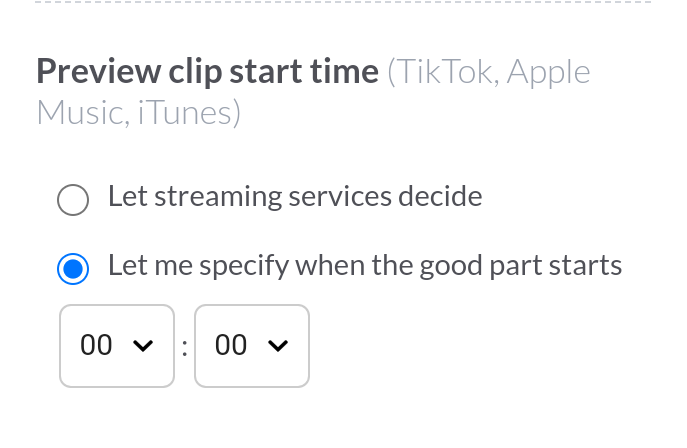
Under this section, you have the options to decide ‘when the good part starts’ or ‘let streaming services decide’. Of course, the option we’re recommending is ‘let me specify when the good part starts’.
With the best part of music decided in the course of music distribution, the next step in our TikTok music promotion master plan is to be done once music is drops on the platform.
2. Engage with your release:
Most artists, especially the upcoming ones, release music and go to sleep. No viral content. No social media hype. At best, they just post a link to their release on Facebook and Instagram. And that is all there’s to social media promotion for this class of artists.
However, a musical release needs more exposure on social media than posting a mere link. It calls for action to market and engage with your content, especially on TikTok.
As an artist who just dropped a song on TikTok, it is recommended that you use your own sound, it’s a good sign that you proud of what you have done. It is the first step in inviting others to use the sound on the platform.
Interestingly, this is your music. You understand the message better and the best part to be amplified in your viral promotions. Engaging with your sound and challenges on TikTok will encourage others to take on the fun.
3. Choose the Right Song:
If the project you’re promoting is an album consisting of two or tracks, it is right to choose a focus-track for TikTok promotion.
Select a catchy and energetic song from the new release that has the potential to capture attention and inspire creativity.
TikTok thrives on short and memorable content, so it’s essential to choose a song that can be easily integrated into user-generated videos.
4. Create TikTok Challenges:
TikTok challenges are a popular way to engage with users and encourage them to create their own videos using your song.
Develop unique and fun challenges related to your music that can go viral. The challenges can involve specific dance routines, lip-syncing, or creative interpretations of the song.
5. Encourage User-Generated Content:
Actively encourage fans and followers to create their own videos using your music. Run contests or giveaways to incentivize participation and engagement.
Repost or duet with the best user-generated content to show appreciation and foster a sense of community around your music.
6. Collaborate with TikTok Influencers:
Collaborating with TikTok influencers can significantly amplify your reach and exposure. Identify influencers whose audience aligns with your target demographic and collaborate on content creation or challenges.
This can help introduce your music to a broader audience and increase the chances of viral success.
7. Cross-Promote on Other Platforms:
Utilize the popularity of TikTok to cross-promote your music on other social media platforms such as Instagram, YouTube, or Twitter.
Share TikTok videos featuring your music on these platforms to drive traffic back to your TikTok account and increase your following.




